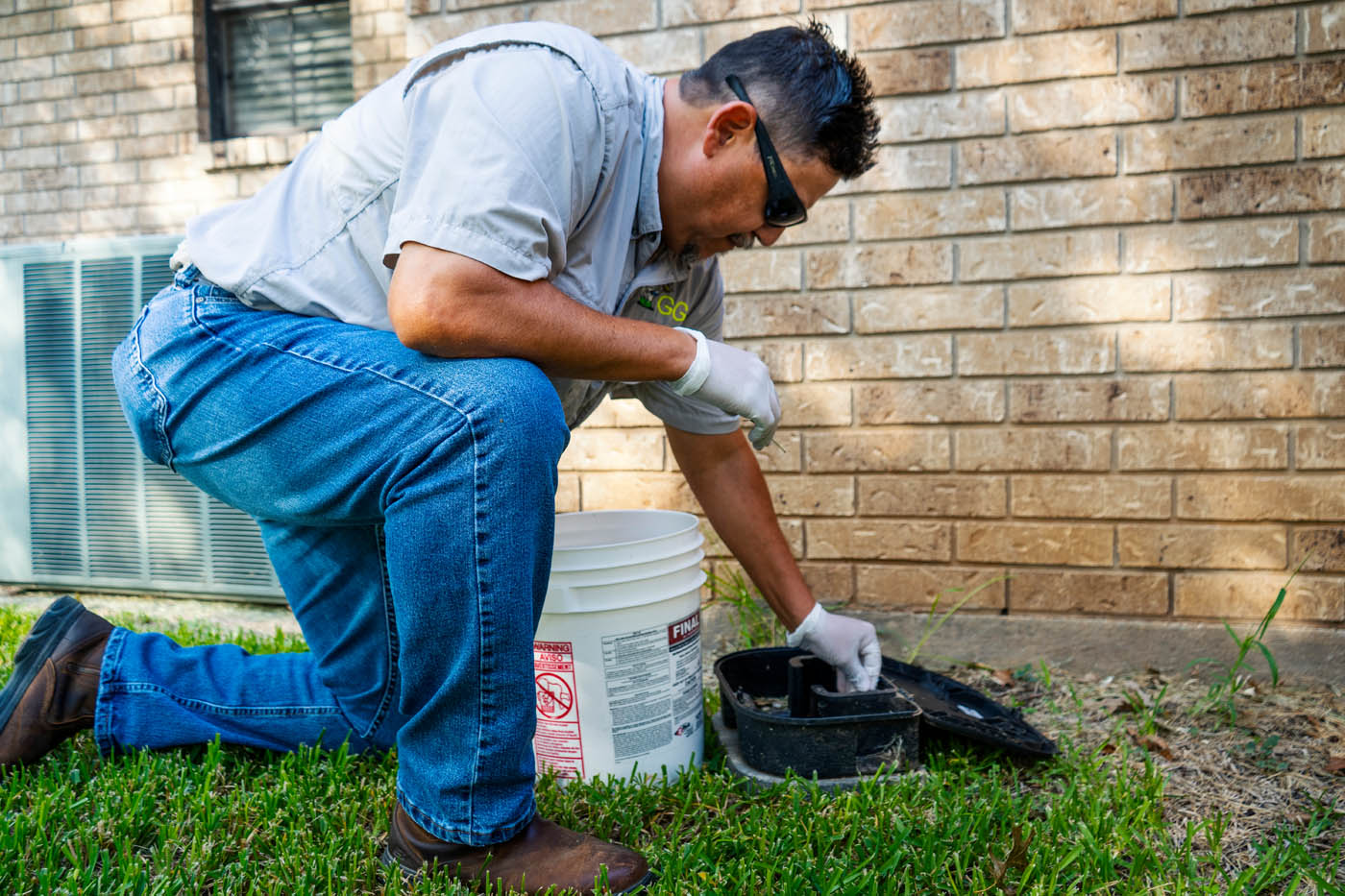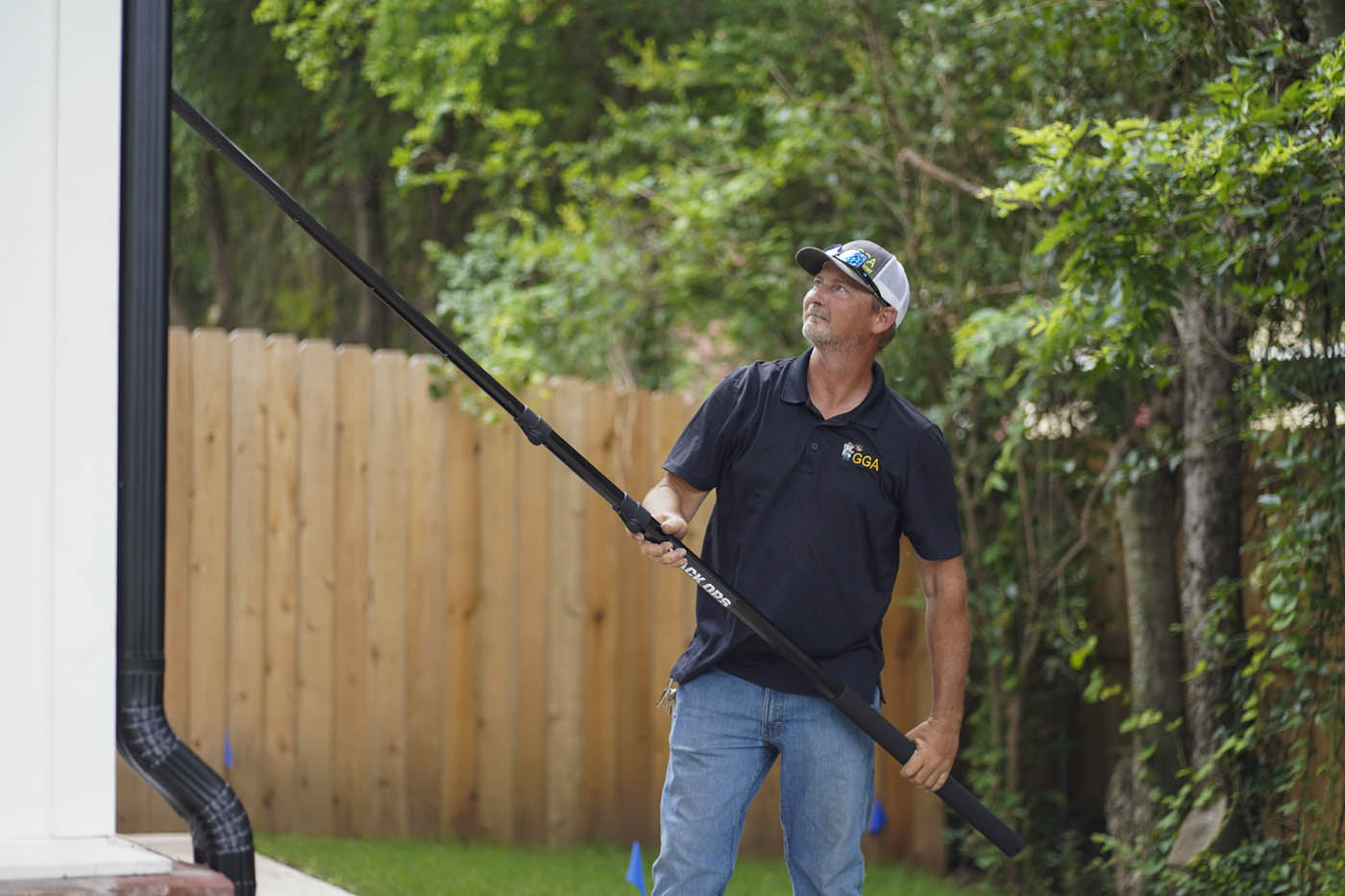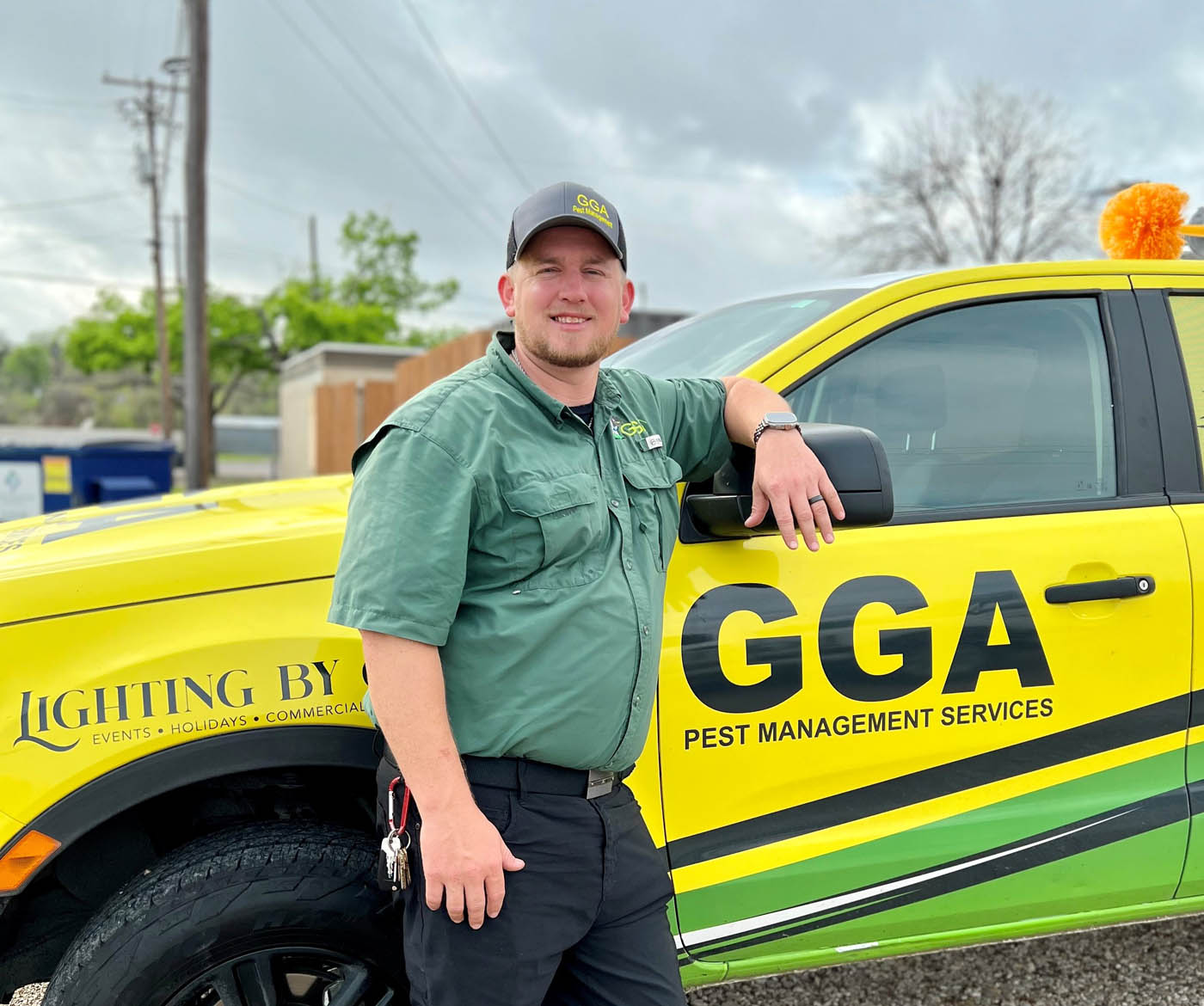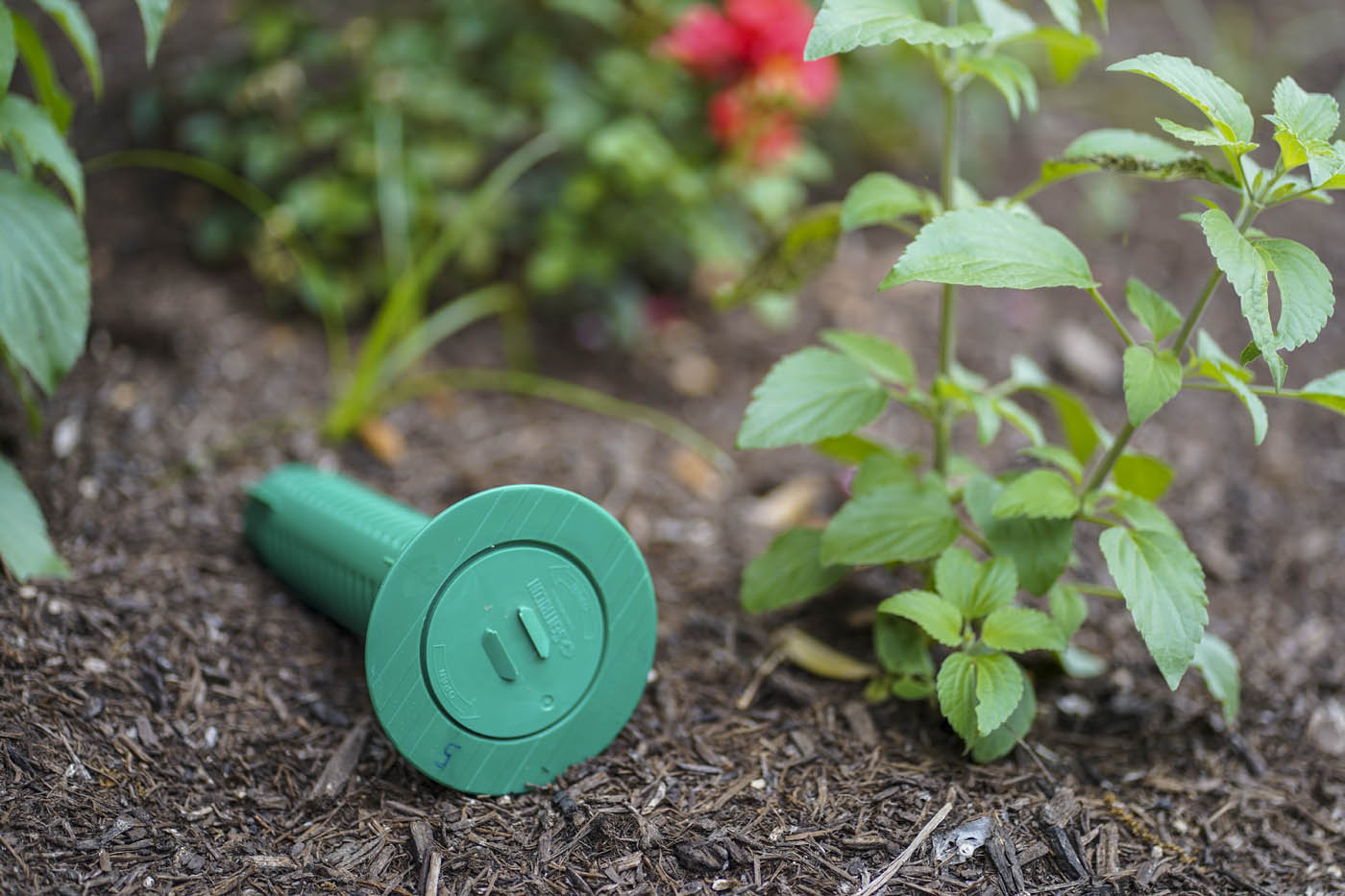
GGA Blog
Explore expert tips and insights on effective pest control solutions with the GGA Pest Management Blog.
Bed Bugs Are Back! 10 Tips To Protect Yourself
Bed Bugs Are Back! 10 Tips To Protect Yourself
Cicada Killer
Cicada Killer Molly Keck, an entomologist with Texas A&M AgriLife Extension, has the scoop on a massive swamp that is showing up in Texas and other parts of the country. They're one of the largest wasps that we have in Texas." The cicada killer wasp can grow up to 2 inches long. The insect preys on cicadas. With a sting, they paralyze the noisy bug and literally carry them back to feed their young. "It's pretty impressive because the cicada is usually too heavy for the wasp to fly with it. It literally drags it a long way, from the top of the tree back down," said Keck. And while the cicada killer wasp looks malicious to most humans, it poses very little threat to humans. They are territorial, but not aggressive. "They're not going to hurt you. They'll scare the heck out of you, but they're not going to sting you, most likely," said Keck. "So if you come across their nest, they'll buzz around your head and scare you, but they really won't sting you unless you touch them first." Keck says that cicada killer wasp appear to be showing up in higher numbers. The weather could be playing a role, but the reason for the increased numbers remains uncertain. Cicada killer wasps live in holes in the ground the size of a dime or nickel. According to Lee Townsend, Extension Entomologist at the University of Kentucky College of Agriculture, these solitary wasps choose sites with specific characteristics such as well-drained, light-textured soils in full sunlight that are near trees harboring cicadas. They may dig along sidewalk or patio edges, in flower beds, gardens, or lawns. As much as 100 cubic inches of soil may be brought to the surface as tunnels are formed. This can be unsightly in highly managed turf and the accumulations may smother grass. http://www.ksat.com/content/pns/ksat/news/2015/07/24/giant-wasps-showing-up-in-south-texas.html
Aussie Spiders!
Aussie Spiders! Australia is home to many dangerous and deadly species of spiders. Though Australia is infamous for venomous spiders, according to the experts you are more likely to die of a bee sting than a spider bite on Australian shores. The records shows that no one has died from a spider bite since 1981. Regardless, keeping track of these eight legged wonders is still important. Consequently, the land down under is getting a few more additions to the spider pile. Australian researchers recently discovered 13 new spiders. The discoveries were made on Queensland's Cape York Peninsula during the "Bush Blitz" program, a series of regular wildlife expeditions that brings together researchers, rangers, and schoolteachers. According to the Guardian, "a teacher who went on the trip, the new finds included tarantulas "as big as your hand" as well as a new species of saddleback trapdoor spider
Pest Control Myths
Pest Control Myths It may seem impossible to keep bugs out of your house. There are many DIY tricks to stop pests, but which ones actually work? Ron Harrison, entomologist and technical services director a national pest control company, debugged some of these myths. If you try these prevention tips, but pest activity continues, call a licensed pest professional. Truth: Orange peels to repel cockroaches
Cleanliness is Next to Ant-liness
Cleanliness is Next to Ant-liness The next time those darn dirty
Nantucket Island Hunts Down Lone Raccoon
Nantucket Island Hunts Down Lone Raccoon
Siege of Australian Town Won by Tarantula Army
Siege of Australian Town Won by Tarantula Army




